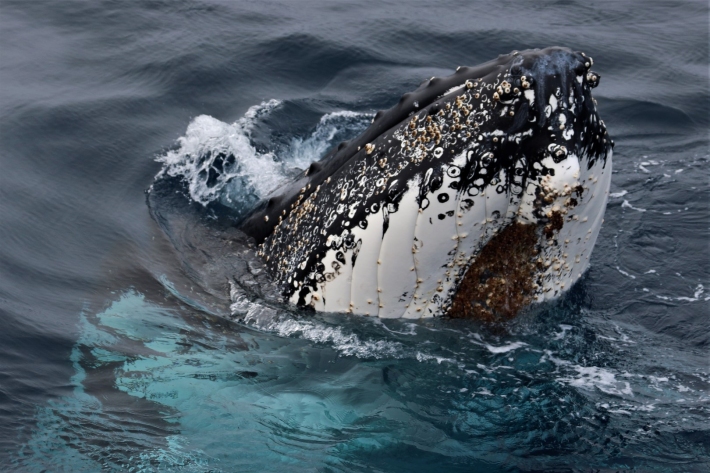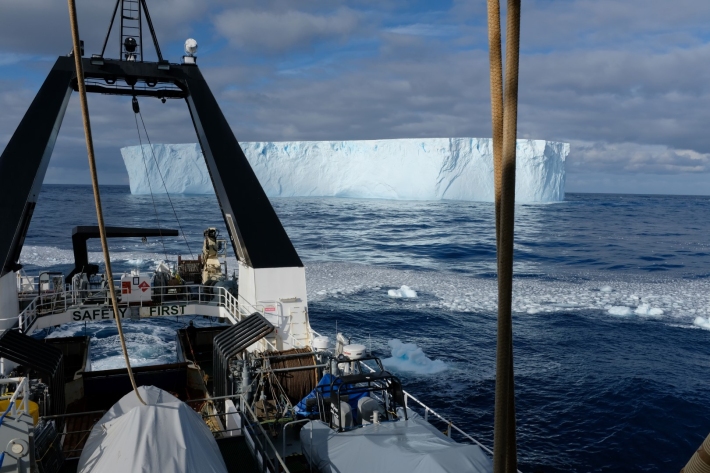-

Sample preparation equipment
A range of sample preparation equipment is available, including a New Wave Mercantek Micromill, state of the art freeze dry system, a mini-bead-beater and dedicated sample weighing station. -

Mass Spectrometry techniques and measurements
A wide range of mass spectrometry techniques and measurements are available for air, carbon dioxide, carbon monoxide, nitrous oxide, water, carbonates, organics, and other specific isotopes. -

Environmental and Ecological Stable Isotope Analysis
NIWA’s recent multi-million dollar stable isotope facility upgrade has widened our spectrum of isotopic analyses to include a diverse array of water, gas and solid-matrix sample analyses, delivering highly accurate and precise results. -

Atmospheric Greenhouse gas studies
Atmospheric greenhouse and trace gases are measured on the MAT252 and MAT253 utilising both dual inlet and continuous flow. While paleo-atmospheres are studied from ice cores on the Isoprime using a continuous flow technique. -

NIWA ship returns from Antarctica with ‘pieces of a puzzle’
Media release21 March 2018The absence of sea ice near Antarctica over the past six weeks has astonished scientists undertaking research aboard NIWA’s flagship research vessel Tangaroa.
Tangaroa Marine Environment and Ecosystem Voyage 2018 -

Blog: Passive acoustic mooring - 15 March
15 March 2018A couple of days ago we deployed the last of three long-term passive acoustic monitoring moorings, as a collaboration between the Ross-RAMP MBIE Endeavour project and The Australian Antarctic Division. -

Blog: Time to head home - 17 March
17 March 2018Today we left the area south of 60°S and have started the five-day return journey to New Zealand. -

Blog: The inhabitants of the twilight zone of the open-ocean - 15 March
15 March 2018
Think about a futuristic world where at night time, people use different kind of self-propelled vehicles to hover across cities, illuminating the skies with different colours and shapes, while transiting around them. -

Blog: Zooplankton, the pelagic food-web, and carbon cycling - 14 March
14 March 2018 We have been conducting daily net tows to get an integrated picture of the macro-zooplankton dynamics in the area. -

Kaikōura earthquake generated huge submarine sediment shift
Media release15 March 2018The 2016 Kaikōura Earthquake has shown that more than 100 million dumptrucks of mud and sand flow through the Kaikōura Canyon every 140 years, scientists say.
